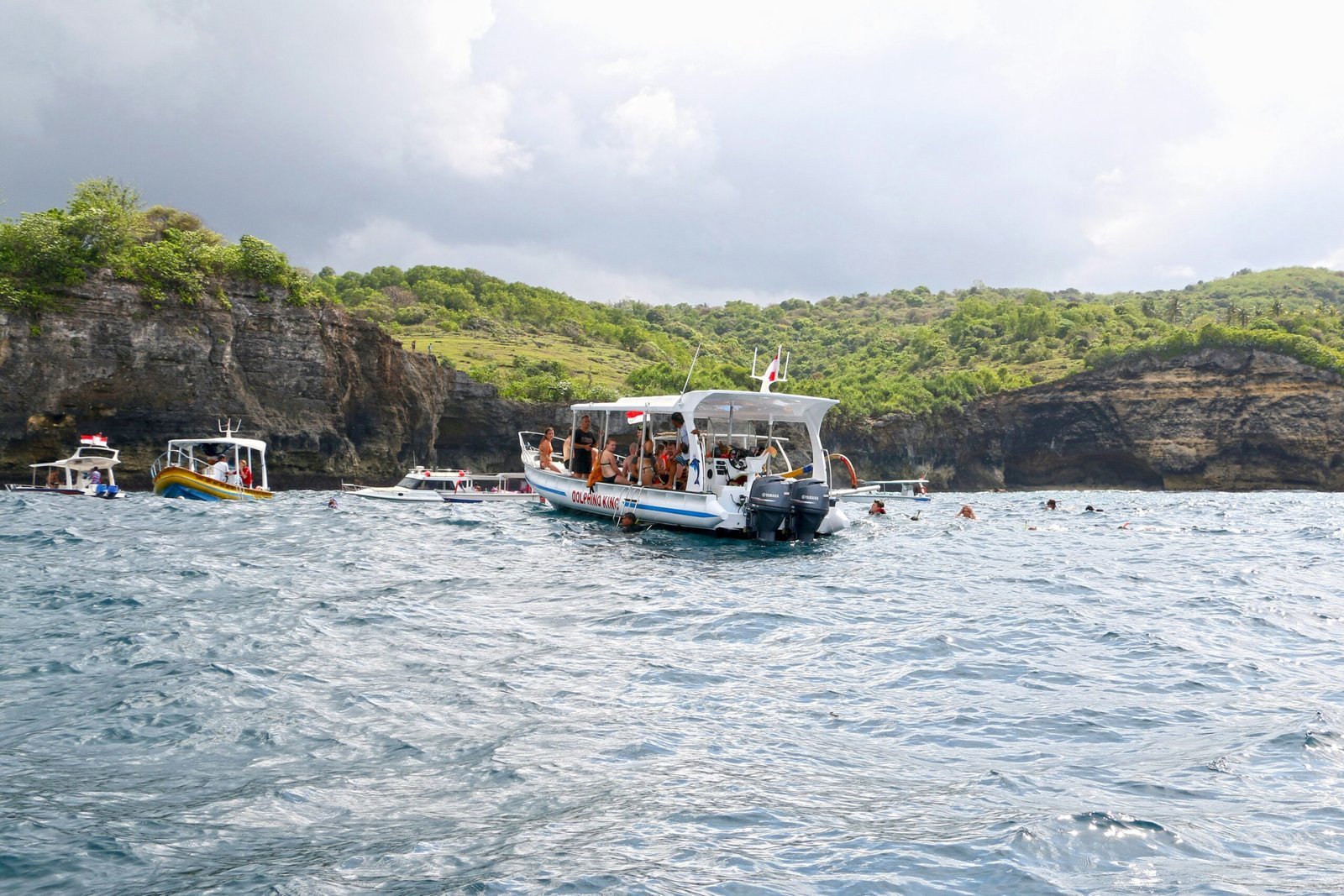
The Rise of Extreme Sports: A Brief History
The emergence of extreme sports, often referred to as action sports or adventure activities, can be traced back to the mid-20th century. These sports were initially niche activities, primarily enjoyed by a select group of enthusiasts seeking adrenaline and thrill. The concept of pushing human limits gained prominence during the 1950s and 1960s with the advent of surfing in California and Hawaii, which laid the groundwork for what would come to be known as extreme sports.
As the appetite for thrill grew, so did the diversification of these pursuits. The 1970s witnessed the birth of skateboarding, credited largely to surfers who sought to “surf” on land, giving rise to a new subculture. This era also saw the proliferation of BMX biking. Both sports continued to evolve through the 1980s, characterized by innovation in equipment and techniques. Tony Hawk and Mat Hoffman emerged as iconic figures, pushing skateboarding and BMX to their limits.
The transformation from niche to mainstream was significantly bolstered by media coverage. Extreme sports gained substantial visibility in the late ’80s and early ’90s through televised events. The introduction of the Extreme Games (now X Games) by ESPN in 1995 marked a pivotal milestone. This annual event showcased sports like snowboarding, motocross, and freestyle BMX, drawing attention from the global audience and portraying these activities as more than mere pastimes but dynamic sports worthy of recognition and sponsorship.
The role of media cannot be understated in the globalization of extreme sports. Publications dedicated to these sports, such as “Thrasher” magazine for skateboarders, served as cultural touchstones. With the advent of social media platforms and digital content sharing in the 21st century, the reach of extreme sports expanded exponentially. Athletes could share their feats instantaneously, inspire communities, and attract followers worldwide, thereby cementing the popularity and acceptance of these adrenaline-pumping activities in contemporary culture.
Rock Climbing: Scaling New Heights
Rock climbing is a multifaceted sport that challenges climbers both physically and mentally. At its core, it involves ascending natural rock formations or artificial rock walls using hands, feet, and specialized equipment. The sport is subdivided into various disciplines, each with unique characteristics and requirements. Bouldering, for example, involves climbing short but intense routes called “problems” without the use of ropes. Sport climbing, on the other hand, uses pre-placed anchors and bolts for protection during longer and more complex routes. Traditional climbing, often referred to as trad climbing, requires climbers to place their own protective gear into cracks and fissures as they ascend, demanding a higher level of expertise and experience.
To ensure safety, climbers utilize a range of specialized gear and equipment. A well-fitting climbing harness is crucial for linking the climber to the rope system. Climbing shoes, engineered for optimal grip and precision, enhance footwork on the rock. Chalk helps in maintaining a secure grip by reducing hand moisture. For roped climbing, ropes, carabiners, belay devices, and protective gear such as cams, nuts, and quickdraws are essential. Helmets are also recommended to protect against falling debris and head injuries.
The physical benefits of rock climbing are manifold. The sport demands significant upper and lower body strength, particularly in the hands, arms, and legs. Climbers develop enhanced endurance, flexibility, and balance. Beyond the physical, rock climbing is a mentally engaging activity. Route planning and problem-solving are integral to climbing, as climbers must navigate complex pathways and adapt to new challenges in real-time. This mental engagement fosters increased focus, determination, and resilience.
Globally, rock climbing enthusiasts find diverse and breathtaking destinations to pursue their passion. Iconic sites include the towering cliffs of Yosemite National Park in the United States, celebrated for its challenging granite walls such as El Capitan and Half Dome. The rugged Rockies offer an array of climbing experiences in places like Colorado and Alberta. For bouldering aficionados, Fontainebleau in France provides a labyrinth of sandstone boulders set in picturesque forest landscapes. Each of these destinations offers climbers an opportunity not just to test their skills, but to immerse themselves in some of nature’s most awe-inspiring scenery.
The Allure of Skiing: Conquering the Slopes
The exhilarating world of skiing offers a unique blend of adventure and skill, appealing to both novices and experienced athletes. Whether you are drawn to the high-speed thrills of downhill skiing or the enduring challenges of cross-country skiing, each variation provides an unmatched experience that is both captivating and rewarding.
For beginners, mastering basic techniques is essential. Downhill skiing requires foundational skills such as learning to balance, execute proper turns, and control speed. Lessons in the snowplow or wedge position are pivotal, enabling skiers to navigate slopes safely. Cross-country skiing, on the other hand, emphasizes a rhythmic, gliding motion that necessitates endurance and proper weight distribution, often commencing on flat terrains before advancing to inclines.
As skiers progress, advanced maneuvers come into play, such as carving, which involves making clean, precise turns with the ski edges. Moguls skiing, featuring a series of bumps, challenges skiers to exhibit agility and control. Additionally, freestyle skiing introduces jumps and tricks, demanding both creativity and technical prowess.
Safety is paramount in skiing. Proper equipment plays a critical role in preventing injuries. Helmets are essential for protecting against head injuries, while well-fitted ski boots and bindings ensure stability and control. Wearing layers of suitable clothing not only provides warmth but also allows for flexibility and ventilation.
The allure of skiing is further enhanced by its breathtaking locations. Iconic skiing destinations span the globe, with the Swiss Alps offering unparalleled alpine beauty, Aspen in Colorado renowned for its picturesque runs and luxurious amenities, and Niseko in Japan famous for its exceptional powder snow and scenic vistas.
Beyond the thrill, skiing also offers notable health benefits. It is a vigorous cardiovascular activity that promotes heart health, increases stamina, and improves overall fitness. The sport also enhances coordination and balance, contributing to better overall body awareness.
In essence, skiing is not merely a sport but an exhilarating adventure that combines physicality with nature’s splendour. Whether traversing a serene cross-country trail or descending a steep alpine slope, skiing presents an unforgettable experience that entices the thrill-seeker in us all.
The Deep Dive: Scuba Diving and Hiking Adventures
Scuba diving and hiking both offer unique ways to explore and connect with the natural world. For those interested in scuba diving, understanding the fundamentals is crucial. Prospective divers must undertake certification courses from recognized entities like PADI (Professional Association of Diving Instructors) or NAUI (National Association of Underwater Instructors). These courses cover key aspects such as underwater navigation, buoyancy control, and emergency protocols, ensuring that divers are equipped with the necessary skills to remain safe while immersed in the underwater realm.
Essential gear for scuba diving includes a sturdy mask, fins, a snorkel, a wetsuit, and a buoyancy control device (BCD). Additionally, divers must have a regulator to breathe from the tank and an alternate air source for emergencies. Safety is paramount; thus, divers should always monitor their depth and air supply and never dive alone. For those eager to explore, top diving destinations are scattered across the globe. The Great Barrier Reef in Australia offers vibrant coral formations and diverse marine life, Belize’s Blue Hole provides a dramatic and awe-inspiring diving experience, and Egypt’s Red Sea is renowned for its crystal-clear waters and abundant underwater ecosystems.
In contrast to the underwater excitement, hiking offers a terrestrial adventure that marries physical exertion with tranquil vistas. Selecting the right trail is imperative and should reflect one’s fitness level and experience. Beginners might favor shorter, well-marked paths, while seasoned hikers could tackle more challenging terrains. Essential hiking gear includes durable footwear, weather-appropriate clothing, a first-aid kit, and sufficient water and nutrition supplies.
Preparation is key; hikers should familiarize themselves with the trail, understand the weather forecast, and inform someone of their plans. Noteworthy hiking trails such as the Pacific Crest Trail span over 2,650 miles along the U.S. west coast, inviting hikers to diverse landscapes. The Camino de Santiago in Spain offers a culturally enriching pilgrimage route, while the Appalachian Trail, stretching from Georgia to Maine, provides a verdant and rugged escape into nature’s embrace. Conquering these trails imparts a profound sense of achievement and fosters a deeper connection with the environment.

